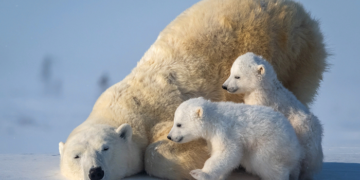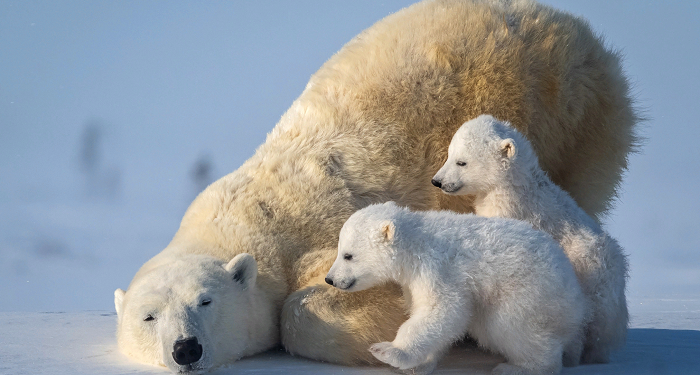Polar bears in Canada’s Western Hudson Bay continue to die in large numbers, according to a new government study of land predators. It is especially difficult for females and cubs.
Researchers by air surveyed the western part of Hudson Bay, where the city of Churchill is located, which is called the “world capital of polar bears”, and estimated that 618 bears lived there in 2021, compared with 842 in 2016, when the last study was conducted.
“The actual decline in numbers is much greater than I expected,” said biology professor Andrew Derocher of the University of Alberta, who has studied Hudson Bay polar bears for nearly four decades. Derocher did not participate in the study.
Since the 1980s, the number of bears in the region has decreased by almost 50%, the authors of the study found. The ice necessary for their survival is disappearing.
They use it for hunting, settling near holes in the ice to see how seals, their favorite food, come to land. But because climate change is warming the Arctic twice as fast as the rest of the world, sea ice cracks earlier during the year and freezes longer in the fall.
Young bears need energy to grow, and they cannot live for a long time without enough food, and female bears are experiencing difficulties because they spend a lot of energy on nursing and raising offspring.





















